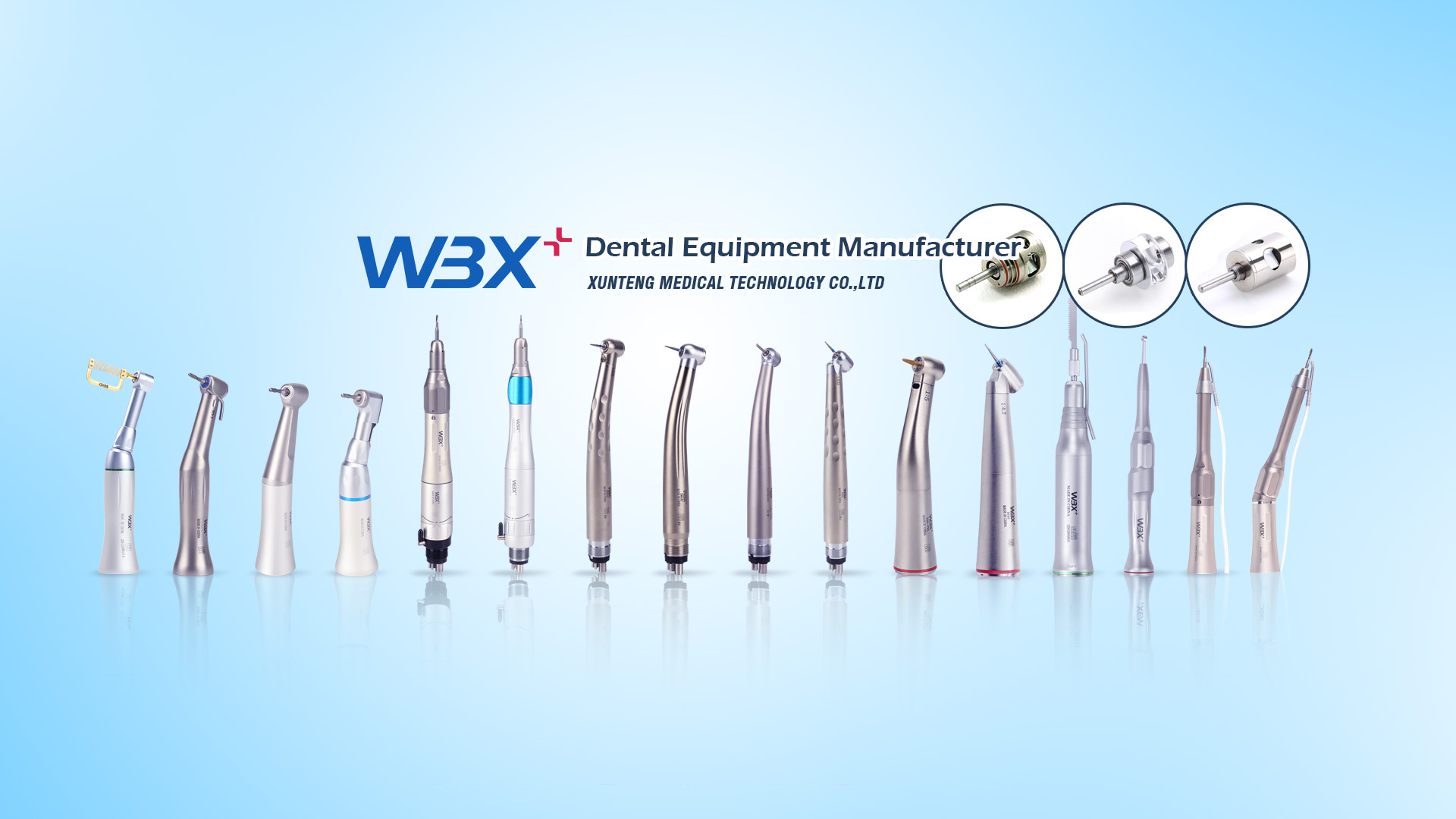1. Definition & Purpose
The Dental High-Speed Handpiece is a critical rotary instrument used in dentistry for efficient cutting of tooth structures (enamel, dentin), caries removal, crown preparation, endodontic access, and restorative adjustments. Its ultra-high speed ensures precision while minimizing patient discomfort.

2. Key Components & Mechanism
Power Source:
Pneumatic: Most common, driven by compressed air (300,000–400,000 RPM).
Electric: Motor-driven (100,000–200,000 RPM), offering better torque control.
Internal Structure:
Turbine & Bearings: Ceramic/metal bearings for smooth high-speed rotation.
Cooling System: Integrated water-air spray (typically 50mL/min water + 600mL/min air) to prevent thermal injury.
Bur Chuck: ISO 3964 (FG-type) compatible with diamond/tungsten carbide burs.
3. Key Features
✅ Ultra-High Speed: 300,000–400,000 RPM for fast, precise cutting.
✅ Low Vibration: Reduces operator fatigue and patient discomfort.
✅ Cooling Jet: Prevents pulp damage via water spray.
✅ Ergonomic Design: Lightweight for prolonged use.
✅ Autoclavable: Sterilizable at 134°C (273°F) under 2.1 Bar pressure.
4. Clinical Applications
Caries Treatment: Cavity preparation.
Prosthodontics: Crown, inlay, veneer preparations.
Endodontics: Access opening, pulp chamber unroofing.
Surgery: Tooth sectioning, bone trimming.
5. Maintenance & Sterilization
Daily Care: Flush air/water lines to prevent debris buildup.
Sterilization: Disassemble burs → Ultrasonic cleaning → Lubrication → Autoclaving (134°C, 15 min).
Common Issues: Speed loss (clogged air/bearing wear), excessive noise (lack of lubrication).

